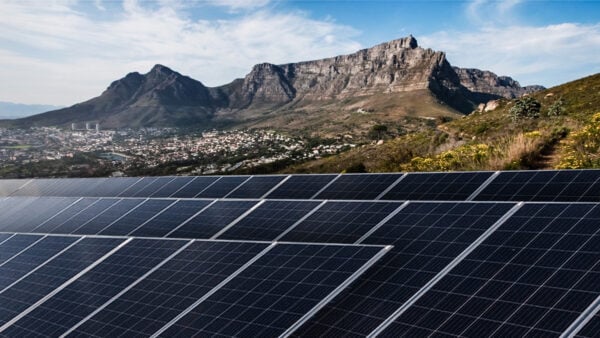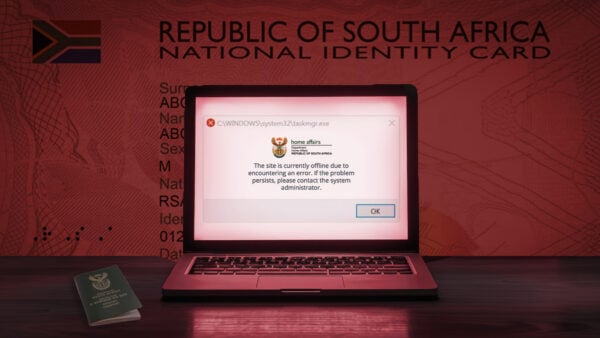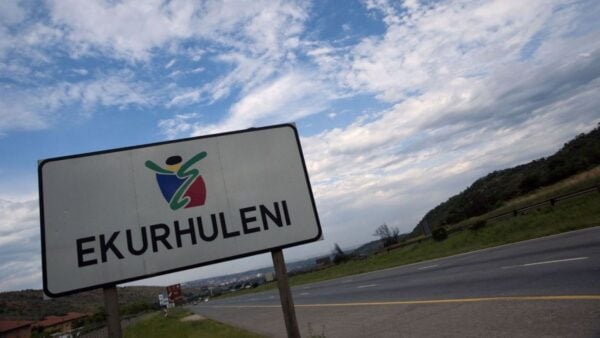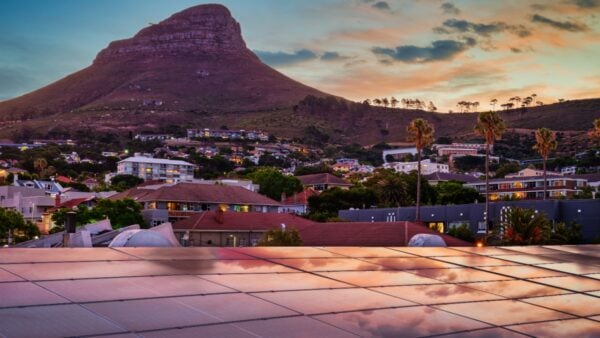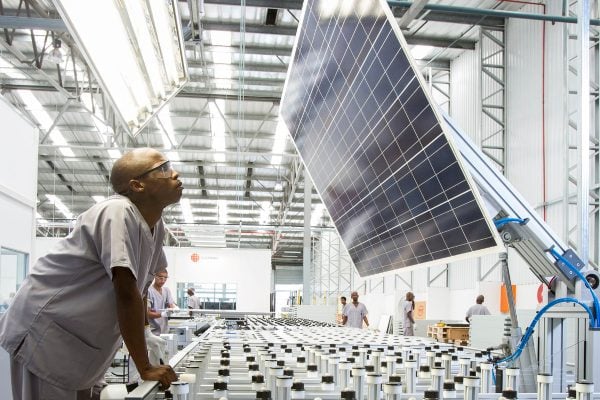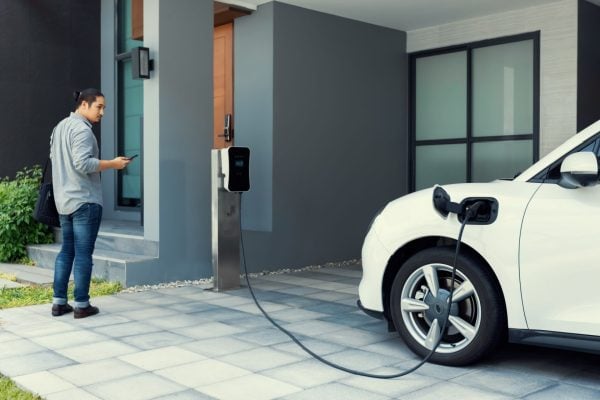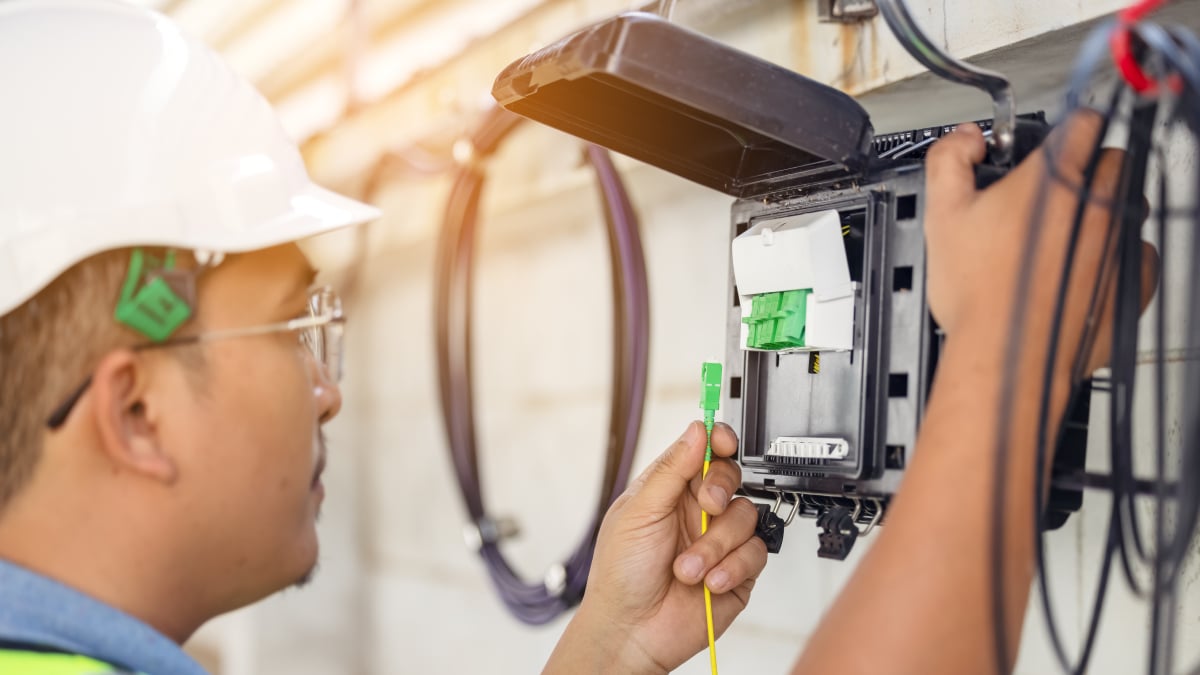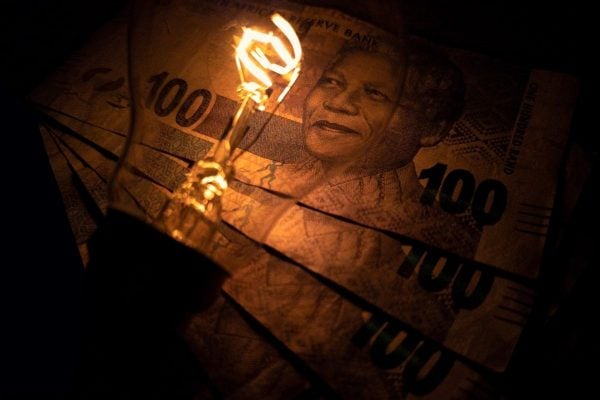Eskom silent on major project
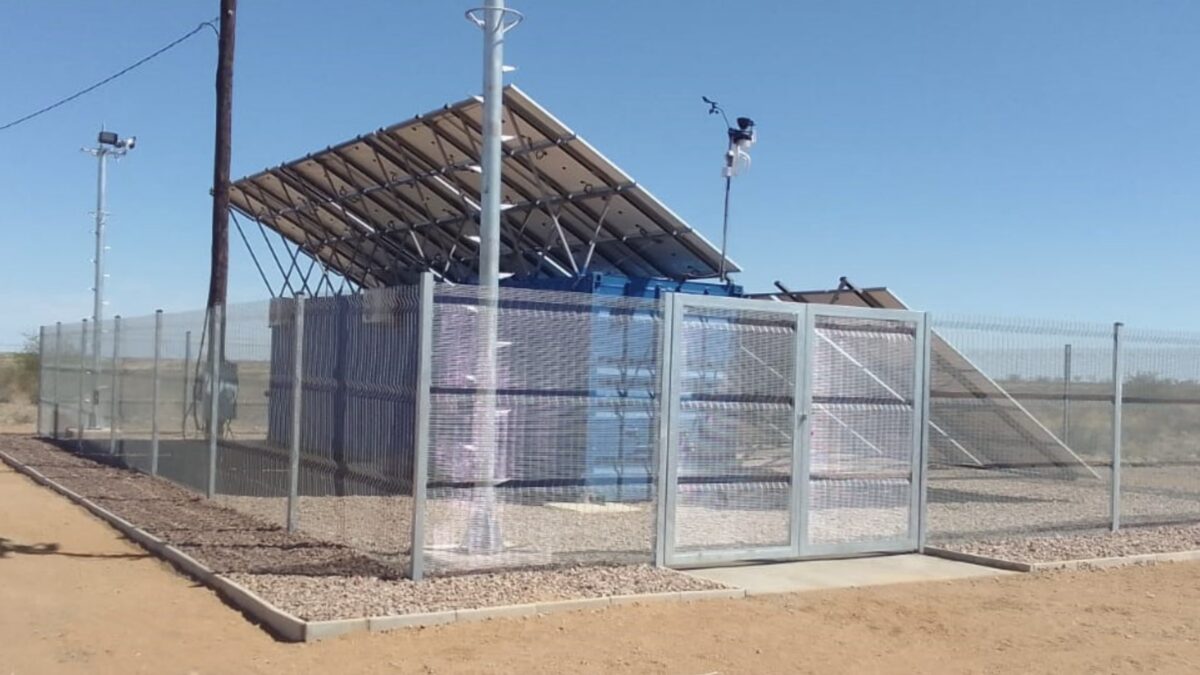
Eskom has gone silent on its once-ambitious microgrid rollout, which has already been scaled down significantly from its original targets in the past year.
Microgrids are small-scale containerised electricity generation and distribution systems, typically featuring a PV solar panel plant and batteries to supply a few dozen households with electricity.
The systems are ideal for remote communities far away from Eskom’s existing transmission infrastructure on the national grid.
The power utility previously explained that connecting these communities to a microgrid was significantly more cost-effective than linking them up to the national grid.
In the case of one 39-house community where Eskom spent roughly R1.5 million on a microgrid, it would have needed to invest R250 million on a 200km 132kV line to connect them to the national grid.
Eskom has also proposed that microgrids be used by nature conservation facilities like those operated by SANParks and provincial parks boards.
“Not only may these sites be remote, but overhead power lines built in conservation areas are prone to damage by mammals and then cause an electrocution hazard to wildlife,” Eskom said.
“Using a renewable, clean energy with backup just makes sense in pristine nature conservancy areas.”
The power utility launched the first three microgrids in Fickbsurg, Lynedoch, and Swartkop Dam in 2023 and planned to have 100 operational by March 2024.
However, by that date, Eskom had only installed 20 microgrids, a fifth of its target.
The power utility subsequently told MyBroadband it had revised the target to 53 microgrids but with greater capacities than previously planned.
At that time, the microgrids had capacities of roughly 32kW or 40kW. Eskom said it was developing larger 150kW configurations which would be used to electrify a combined 440 households.
It did not provide a reason for the change in strategy.

Left on read
On 24 February 2025, MyBroadband asked the power utility for an update on the microgrid project to find out whether it had reached the revised targets.
Eskom repeatedly assured us that it would provide feedback to our questions as soon as possible.
In its last feedback on 20 March 2025, Eskom apologised for the delays and said that the responses were in the “final approval” stage.
It has subsequently failed to respond to a follow-up query sent on 4 April 2025, over six weeks since our original query.
It is common for the power utility to take several days to a week to provide feedback on questions.
However, its failure to respond in this instance is curious considering the questions were fairly straightforward:
- How many of the 33 additional microgrids planned for completion by the end of March 2025 have been installed to date?
- What is the capacity of the largest installation, and where is it located?
- What is the total number of microgrids installed by Eskom to date, and how many homes do they power?
- How does the cost of electricity from the microgrids compare with Eskom’s other tariffs? How much do customers pay per kWh?
- How is Eskom ensuring the infrastructure in the microgrid remains protected from criminals?
Eskom had previously provided many technical details on questions similar to those raised in the latest query.
The lack of feedback from Eskom raises questions about whether something is amiss with its microgrid plans.
Based on an update to its microgrid website, the power utility may have slowed down the rollout even further while increasing capacities per microgrid.
On the website, Eskom stated that it is doing feasibility studies on more than 40 project sites around the country.
However, the rollout of these projects will now be phased over five years, or fewer than 10 new microgrids per year.
Eskom anticipates the combined capacity of its completed sites will be around 35MW, which works out to over 810kW per microgrid when including the existing three sites.
The updates on the portal also reveal that most identified sites will use solar PV as the primary source of energy, but certain plants will also use micro wind turbines and small-scale hydro turbines.
International funding deal in play
The microgrids are being funded partly through the multi-billion-dollar Just Energy Transition (JET) Partnership supported by several wealthy countries.
The United States (US) recently withdrew from the $9.3-billion (R177.5 billion) deal, taking with it about $1 billion (R19 billion) in commercial loans and $56 million in grant funding.
However, the other major partners in the programme — the United Kingdom, France, and Germany — continue to support it.
Each of the initial microgrids cost about R1.5 million, which would have worked out to around R1.5 billion for all 100 installations. That is a small fraction of the total cost of the JET Partnership.
However, Eskom has estimated it will need about R1.2 trillion in funding by 2035 to lessen its reliance on coal generation while avoiding an energy crisis.
Therefore, it must spend every cent of the JET funding wisely, especially considering the decade-long delay and hundreds of billions of rand in budget overruns with Medupi and Kusile, its most recent major power station construction projects.


